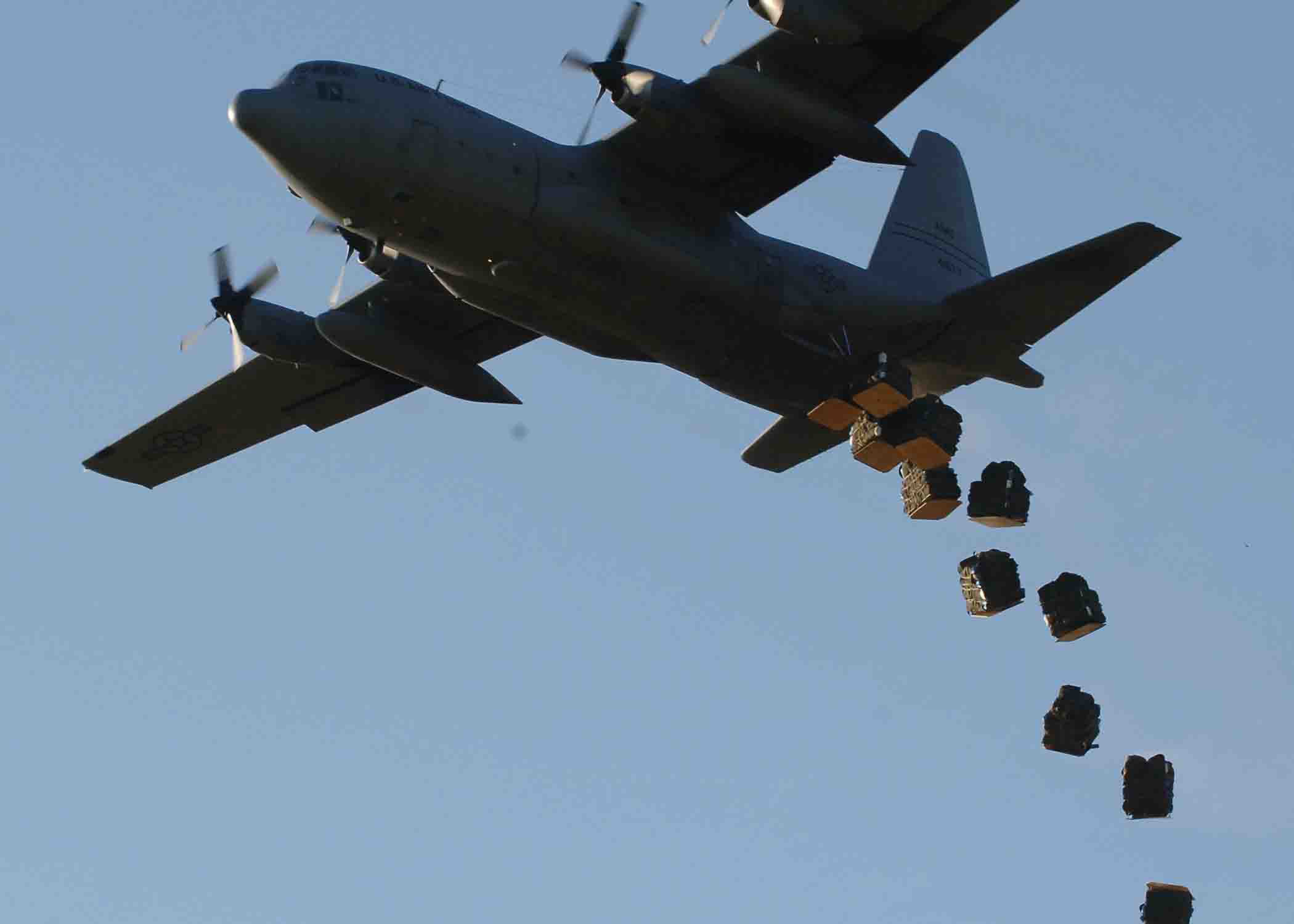DOD's supply chain management overhaul makes headway, needs metrics

Think your supply chain systems are complicated? Try being the Department of Defense, which spends $150 billion on its supply chain and is in the middle of revamping its processes and technology systems to eliminate waste.

Add it up and you get a 164 page snapshot of where the DOD's supply chain initiatives stand. The General Accountability Office released the report January 17.
A few notable highlights from the GAO:
--DOD makes progress, but don't expect a lot of ROI figures to appear.
GAO says:
"DOD has taken a number of actions to improve supply chain management, but the department is unable to demonstrate at this time the full extent of progress that may have resulted from its efforts. In addition to implementing audit recommendations, as discussed below, DOD is implementing initiatives in its supply chain management improvement plan. However, it is unclear how much progress its actions have resulted in because the plan generally lacks outcome-focused performance metrics that track progress in the three focus areas and at the initiative level. Performance metrics are essential for demonstrating progress toward achieving goals and providing information on which to base organizational and management decisions. "
--Governance matters...
GAO says:
"DOD has taken several actions intended to advance transformation. For example, DOD has established governance structures such as the Business Transformation Agency and the Defense Business Systems Management Committee. The Business Transformation Agency was established in October 2005 with the mission of transforming business operations to achieve improved warfighter support and improved financial accountability. The agency supports the Defense Business Systems Management Committee, which is comprised of senior-level DOD officials and is intended to serve as the primary transformation leadership and oversight mechanism. Furthermore, in September 2006, DOD released an updated Enterprise Transition Plan that is intended to be both a business transformation roadmap and management tool for modernizing its business process and underlying information technology assets. DOD describes the Enterprise Transition Plan as an executable roadmap aligned to DOD’s business enterprise architecture. In addition, as required by the National Defense Authorization Act for Fiscal Year 2006, DOD is studying the feasibility and advisability of establishing a Deputy Secretary for Defense Management to serve as DOD’s Chief Management Officer and advise the Secretary of Defense on matters relating to management, including defense business activities."
--IT spending (a lot of it) needed...
GAO says:
"Business systems modernization is a critical part of DOD’s transformation efforts, and successful resolution of supply chain management problems will require investment in needed information technology. DOD spends billions of dollars to sustain key business operations intended to support the warfighter, including systems and processes related to support infrastructure, finances, weapon systems acquisition, the management of contracts, and the supply chain. We have indicated at various times that modernized business systems are essential to the department’s effort in addressing its supply chain management issues. In its supply chain management improvement plan, DOD recognizes that achieving success in supply chain management is dependent on developing interoperable systems that can share critical supply data. One of the initiatives included in the plan is business system modernization, an effort that is being led by DOD’s Business Transformation Agency and includes achieving materiel visibility through systems modernization as one of its six enterprisewide priorities."
--Deadlines may slip...
GAO says:
"DOD has sought to demonstrate significant improvement in supply chain management within 2 years of the plan’s inception in July 2005; however, the department may have difficulty meeting its July 2007 goal. Some of the initiatives are still being developed or piloted and have not yet reached the implementation stage, others are in the early stages of implementation, and some are not scheduled for completion until 2008 or later. For example, according to DOD’s plan, the Readiness Based Sparing initiative, an inventory requirements methodology that the department expects will enable higher levels of readiness at equivalent or reduced inventory costs using commercial off-the-shelf software, is not expected to begin implementation until January 2008. The Item Unique Identification initiative, which involves marking personal property items with a set of globally unique data elements to help DOD track items during their life cycles, will not be completed until December 2010 under the current schedule."
--RFID will play a key role. Good luck measuring the benefits though...
GAO says:
"In May 2006, DOD published an interim Defense Federal Acquisition Regulation clause governing the application of tags to different classes of assets being shipped to distribution depots and aerial ports for the Radio Frequency Identification initiative."
But :
"While DOD intended to have RFID implemented at 100 percent of its U.S. and overseas distribution centers by September 2007—a measure indicating when scheduled milestones are met—it had not yet identified outcome-focused performance metrics that could be used to show the impact of implementation on expected outcomes, such as receiving and shipping timeliness, asset visibility, or supply consumption data."